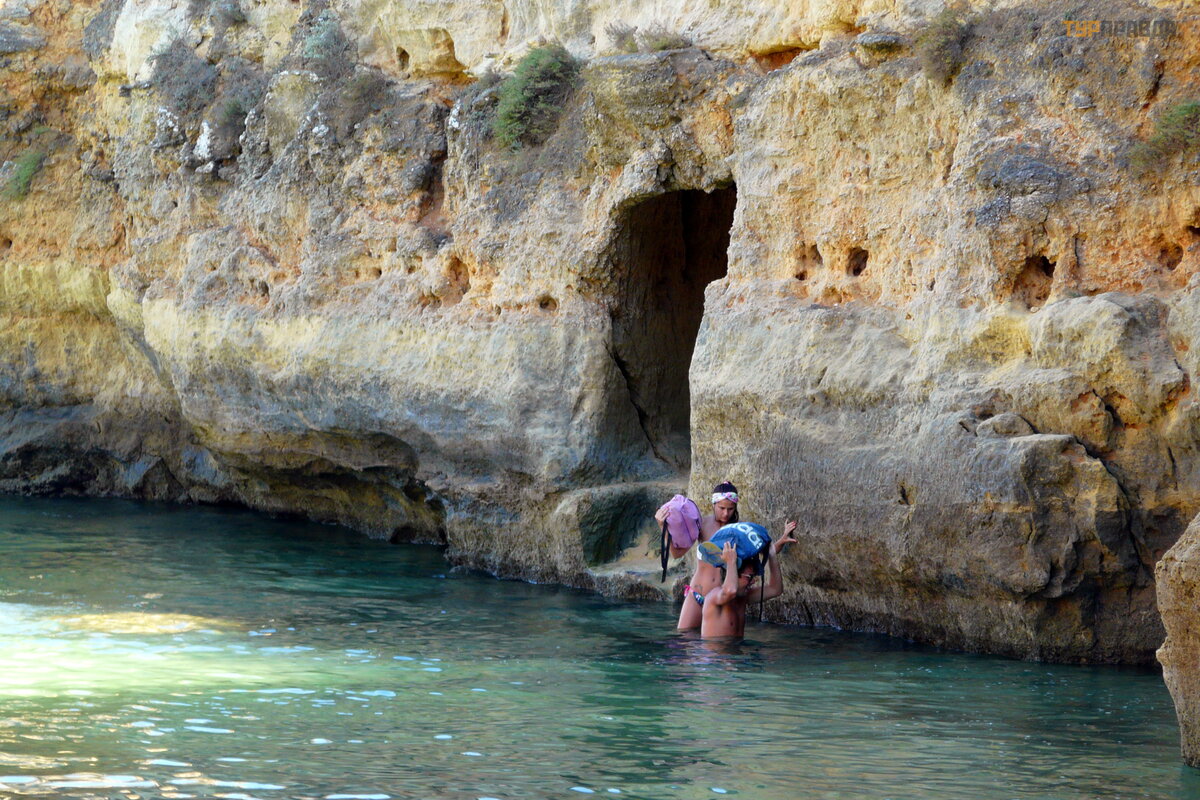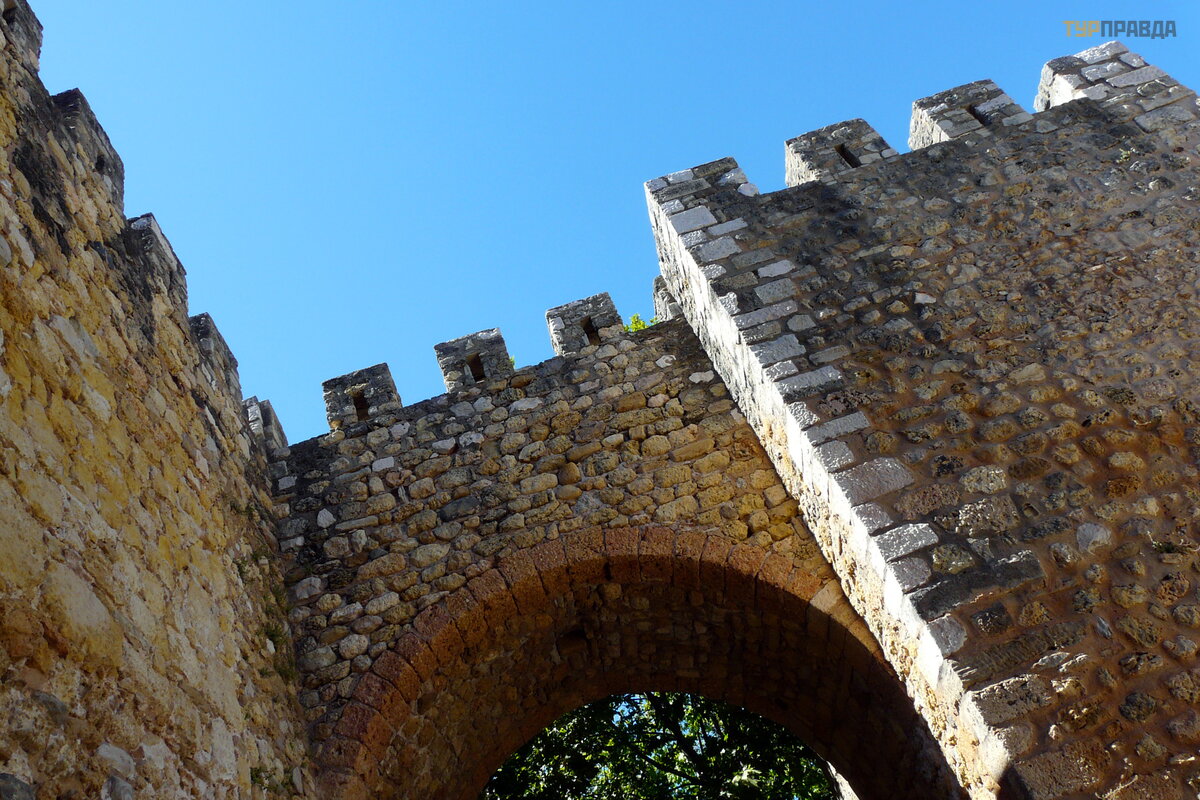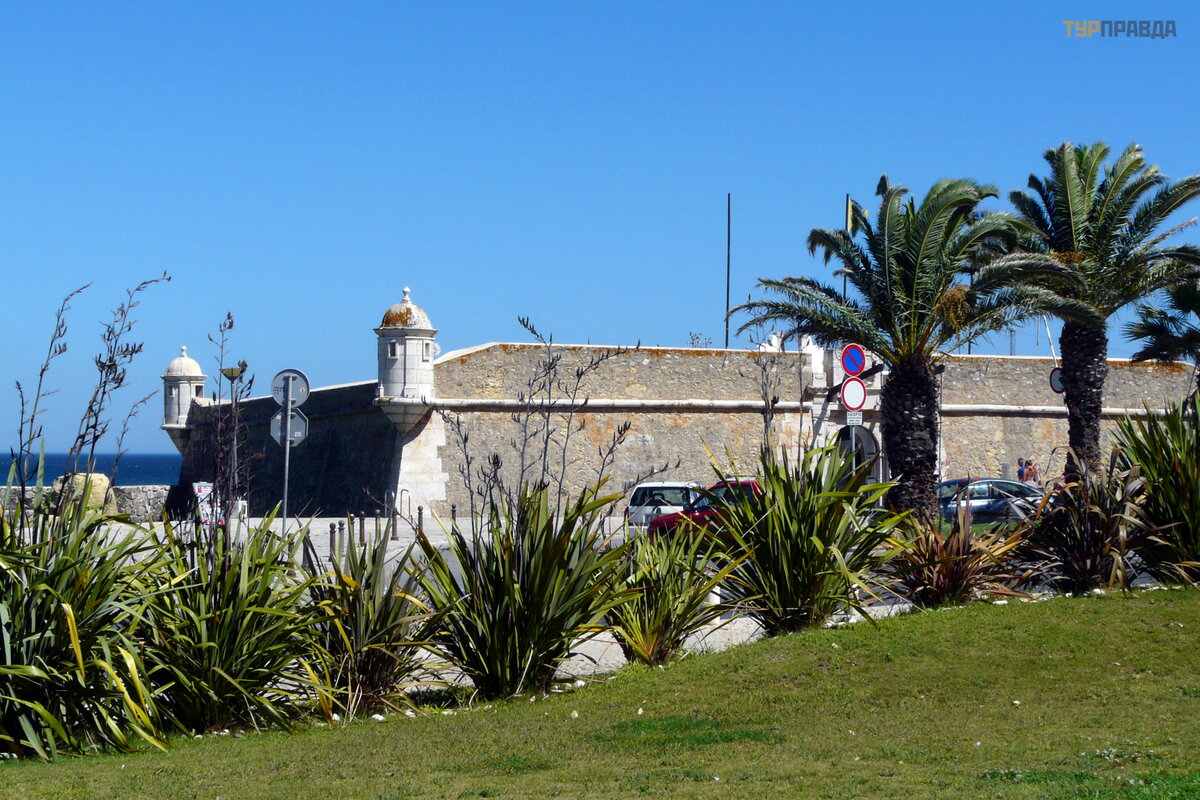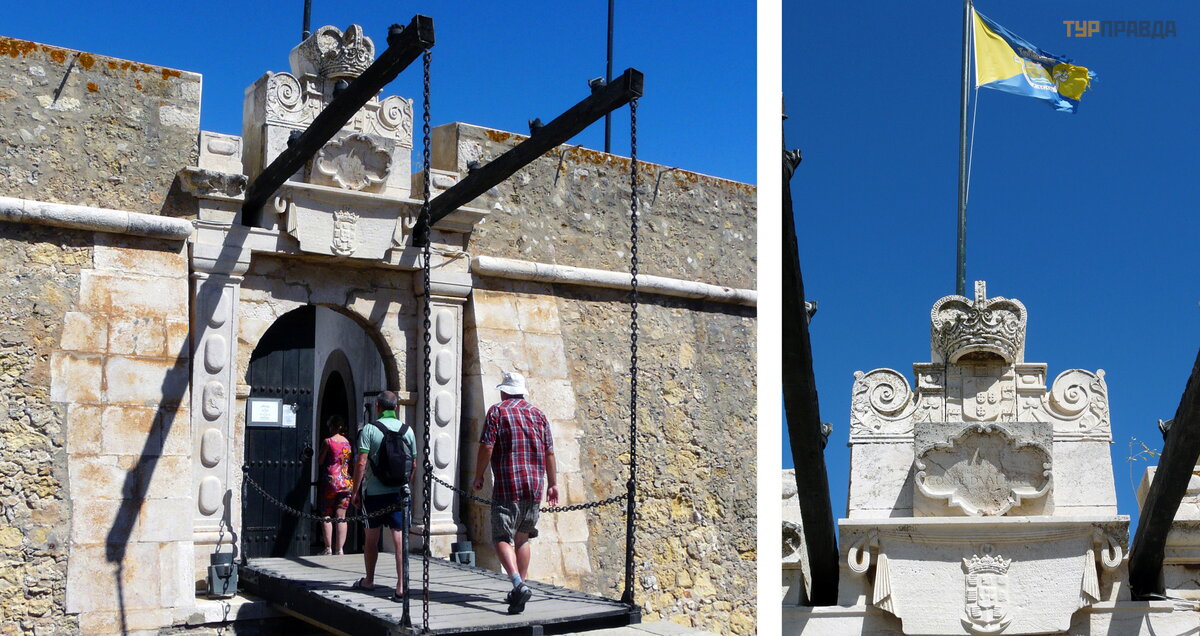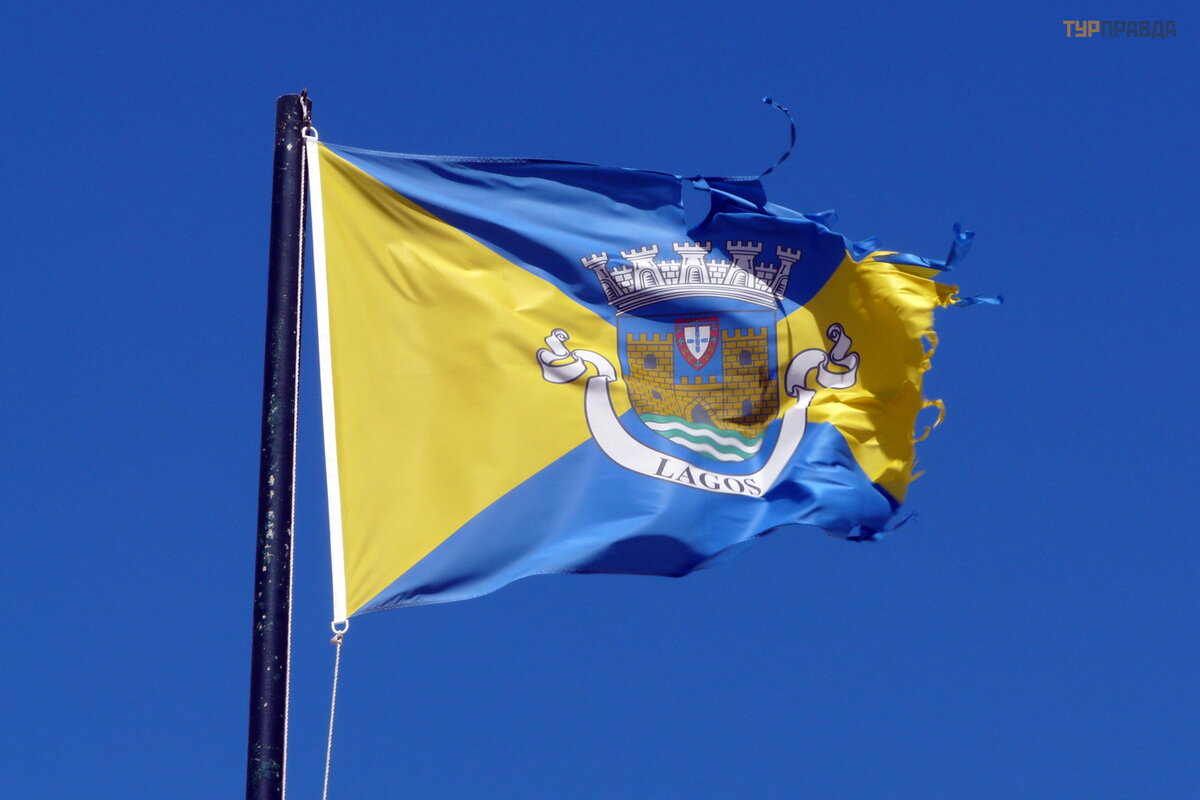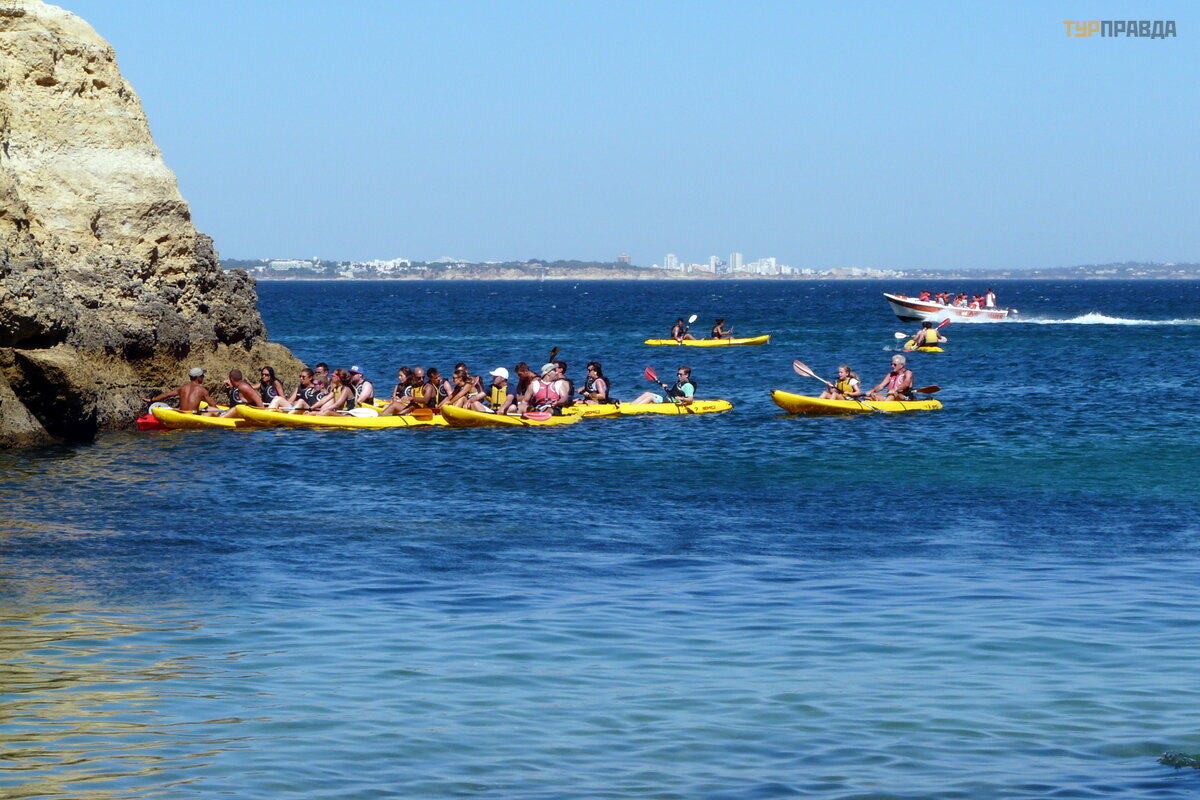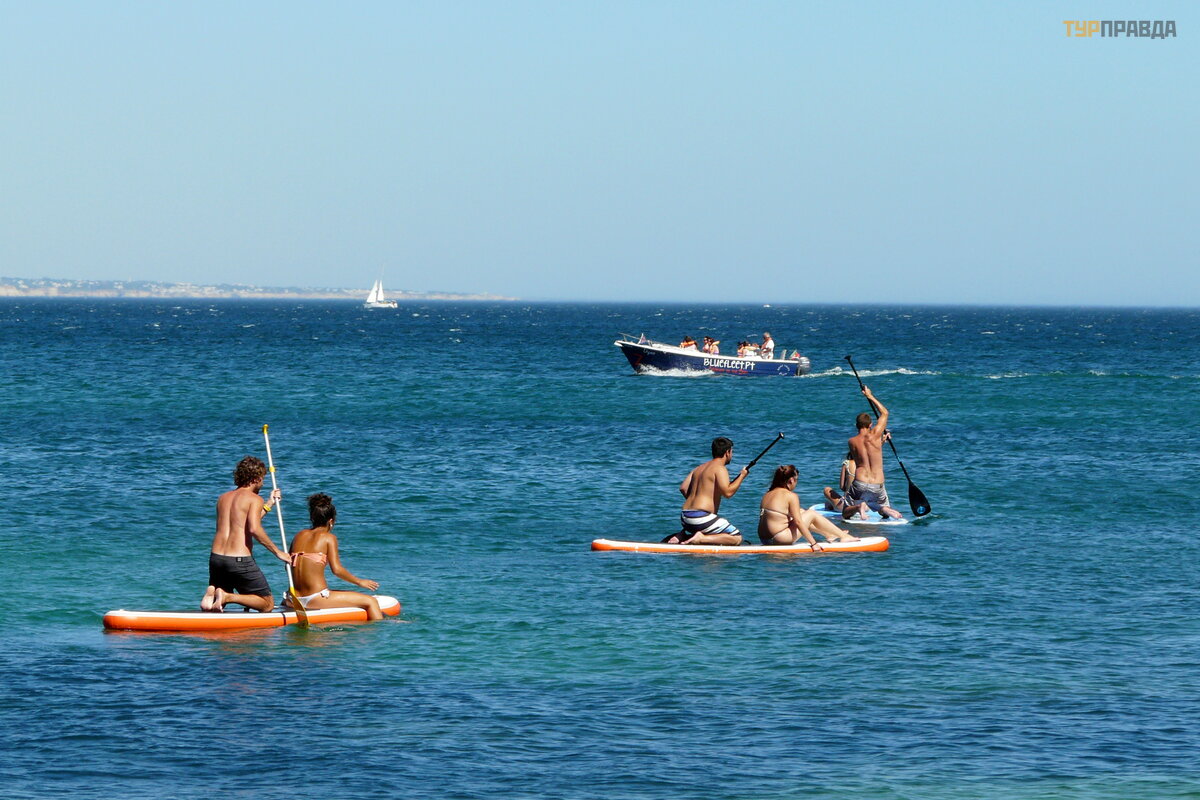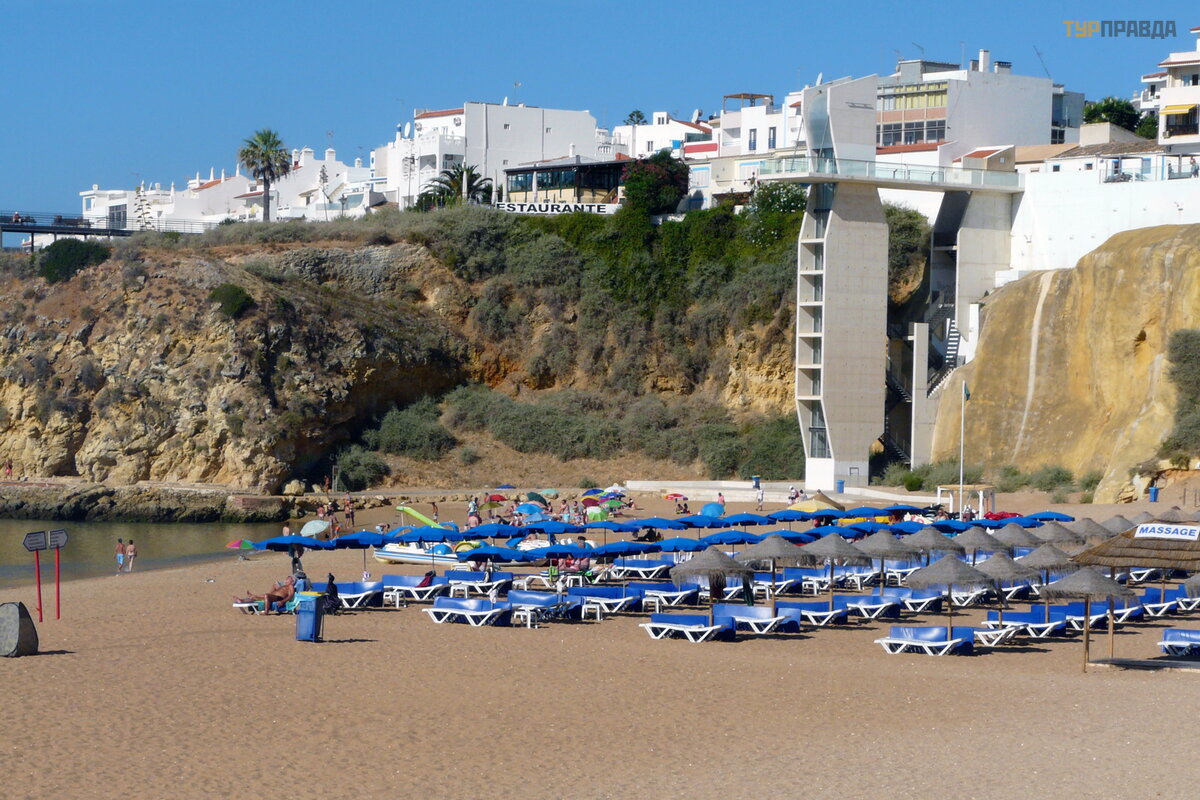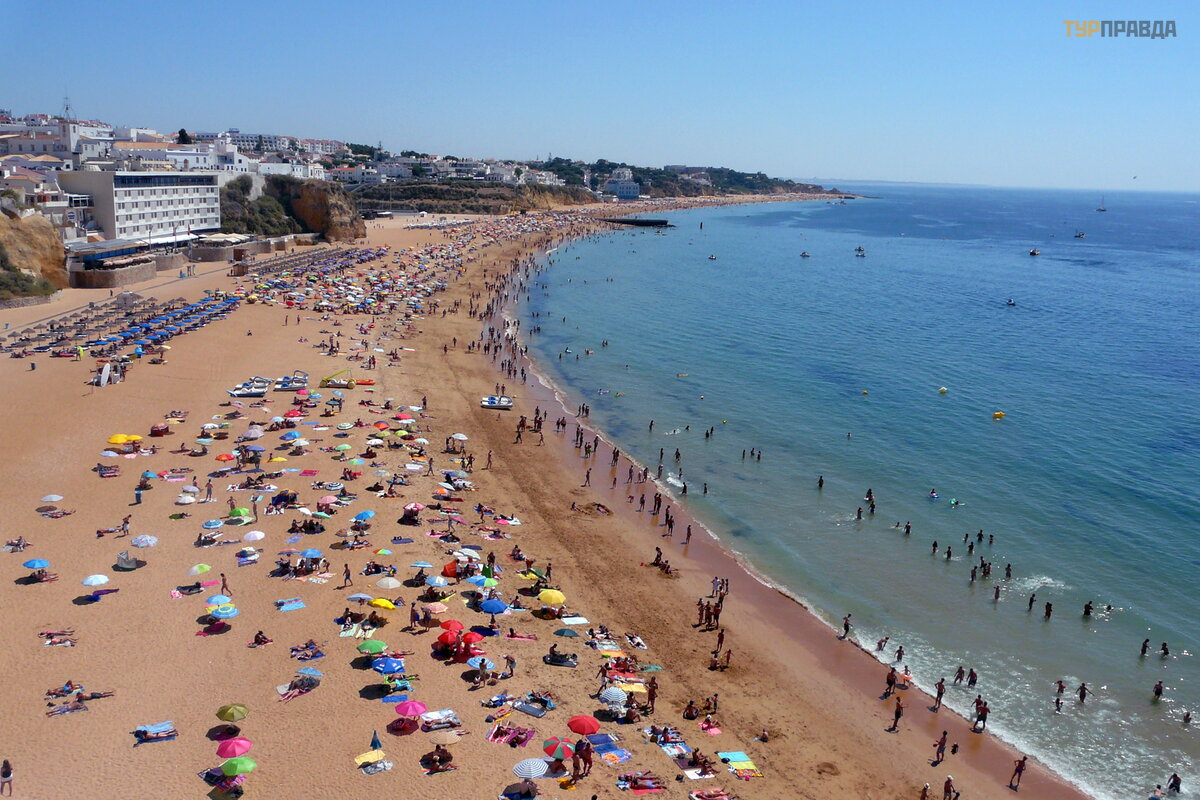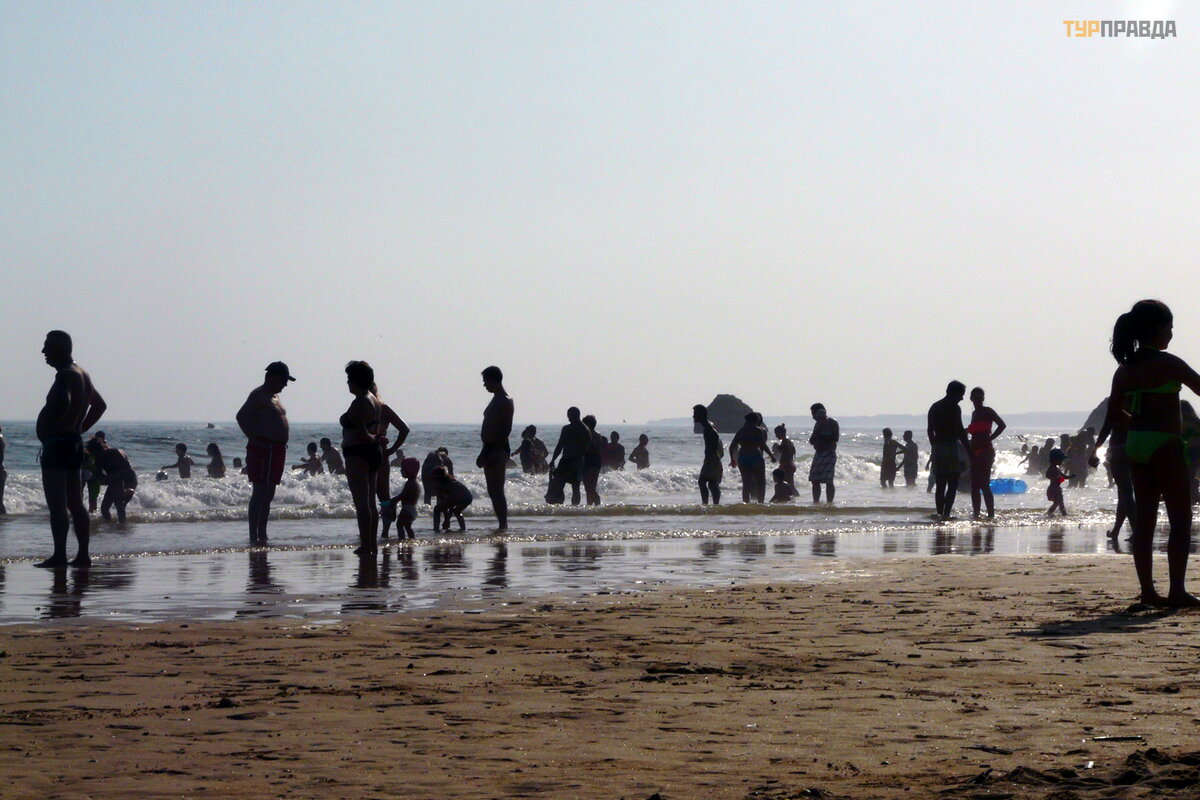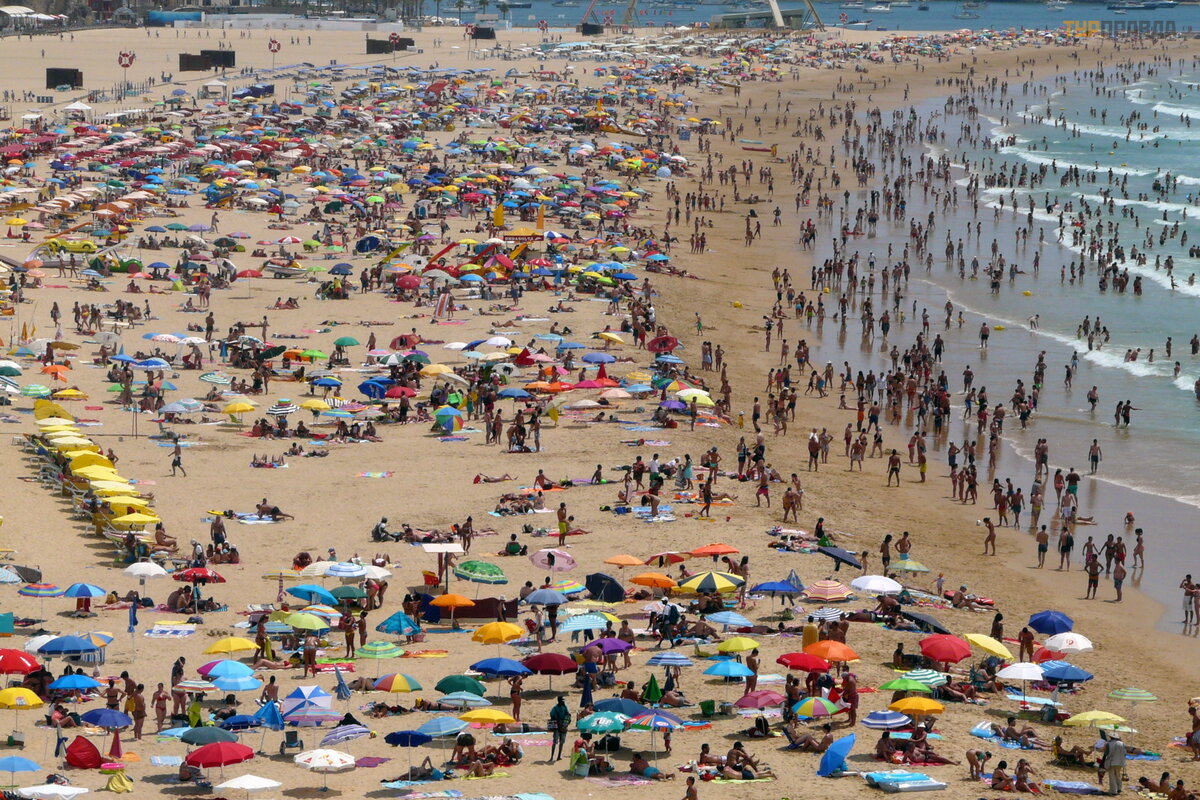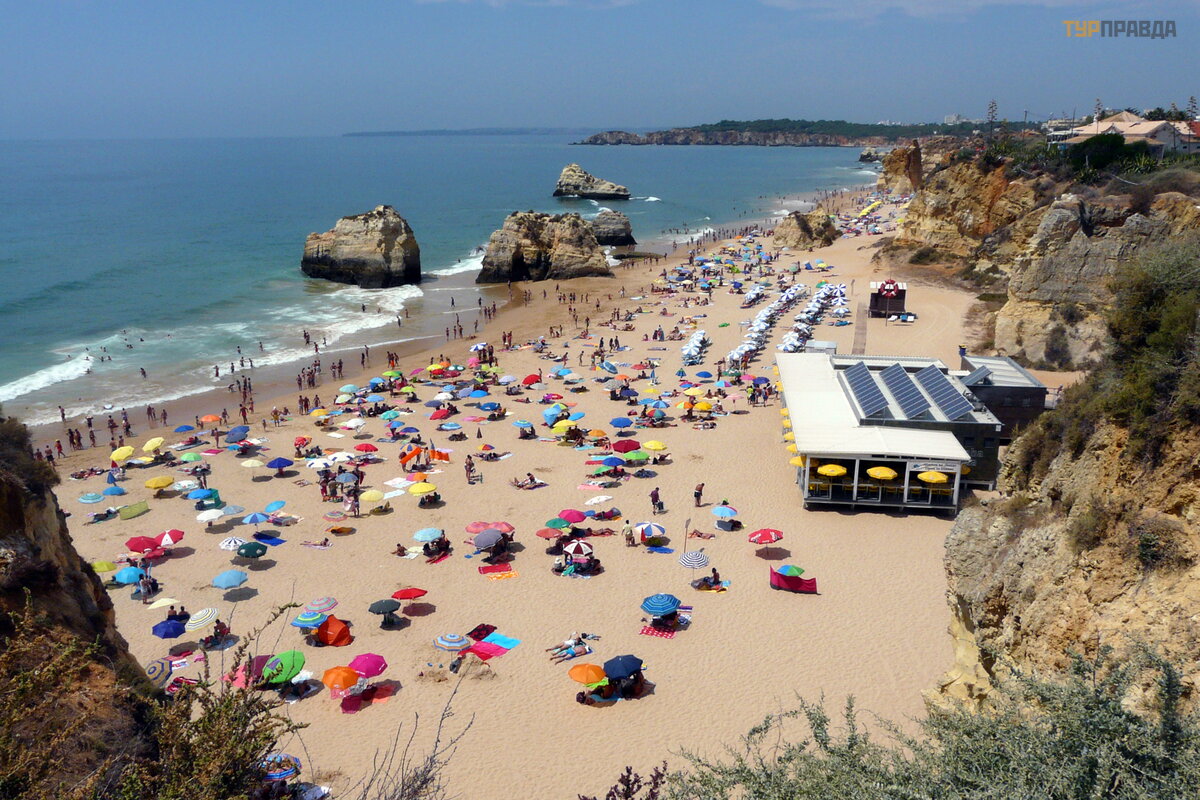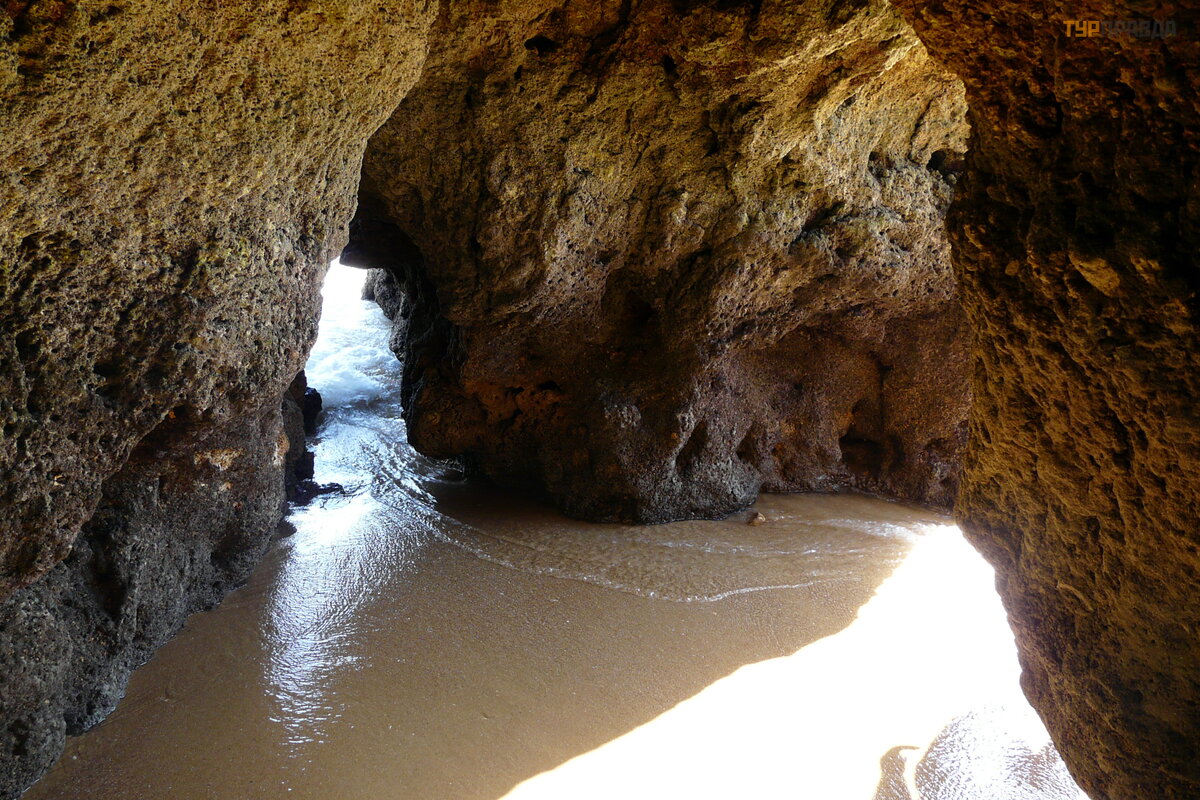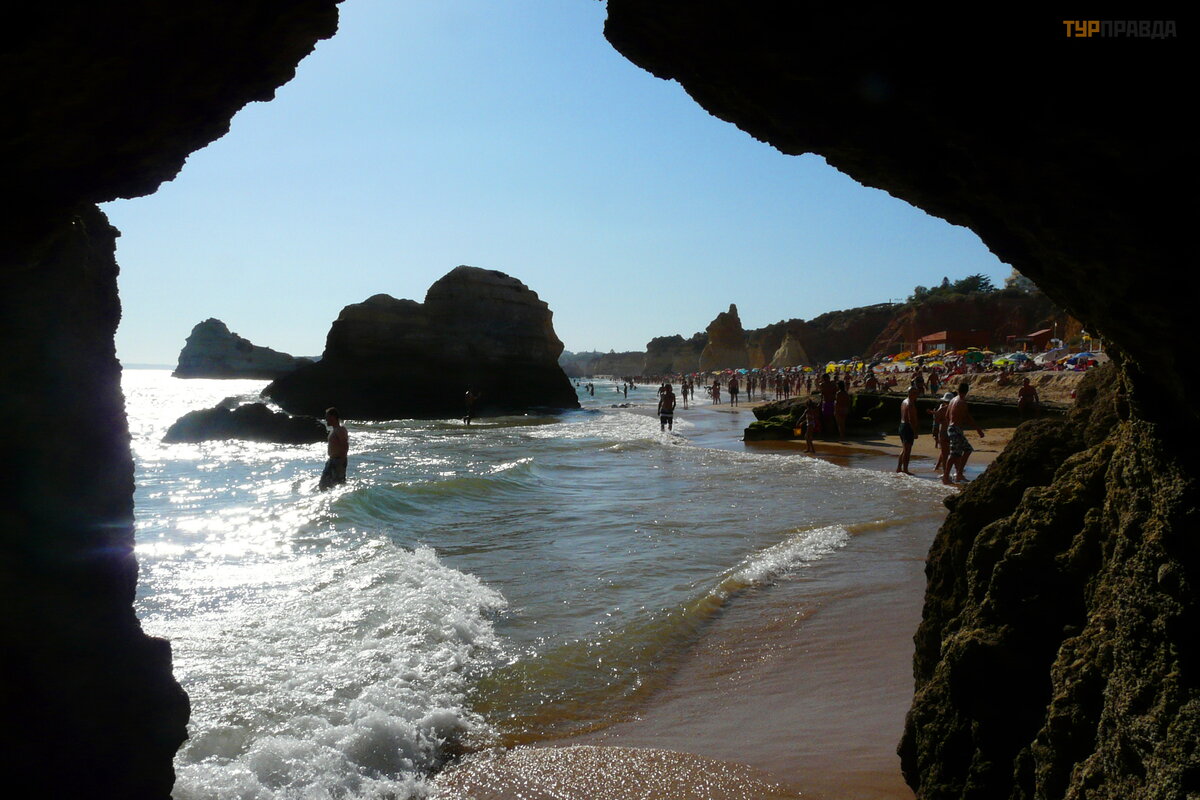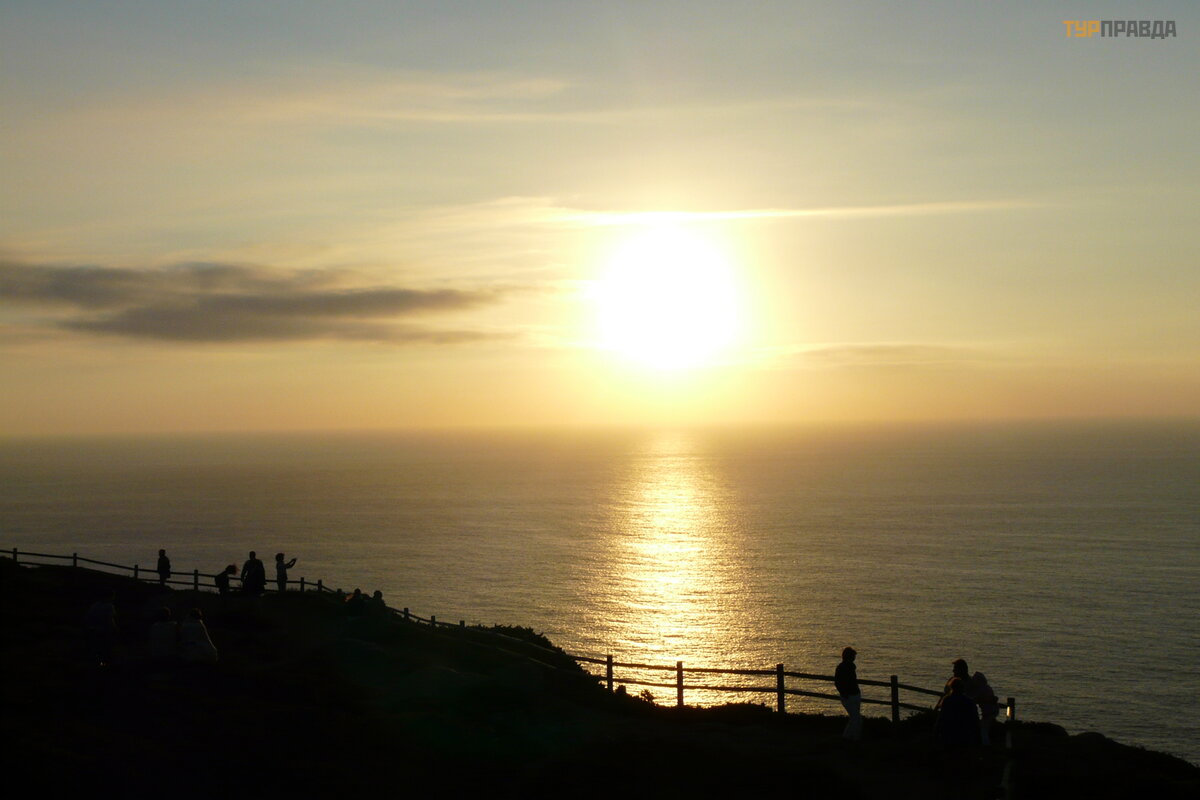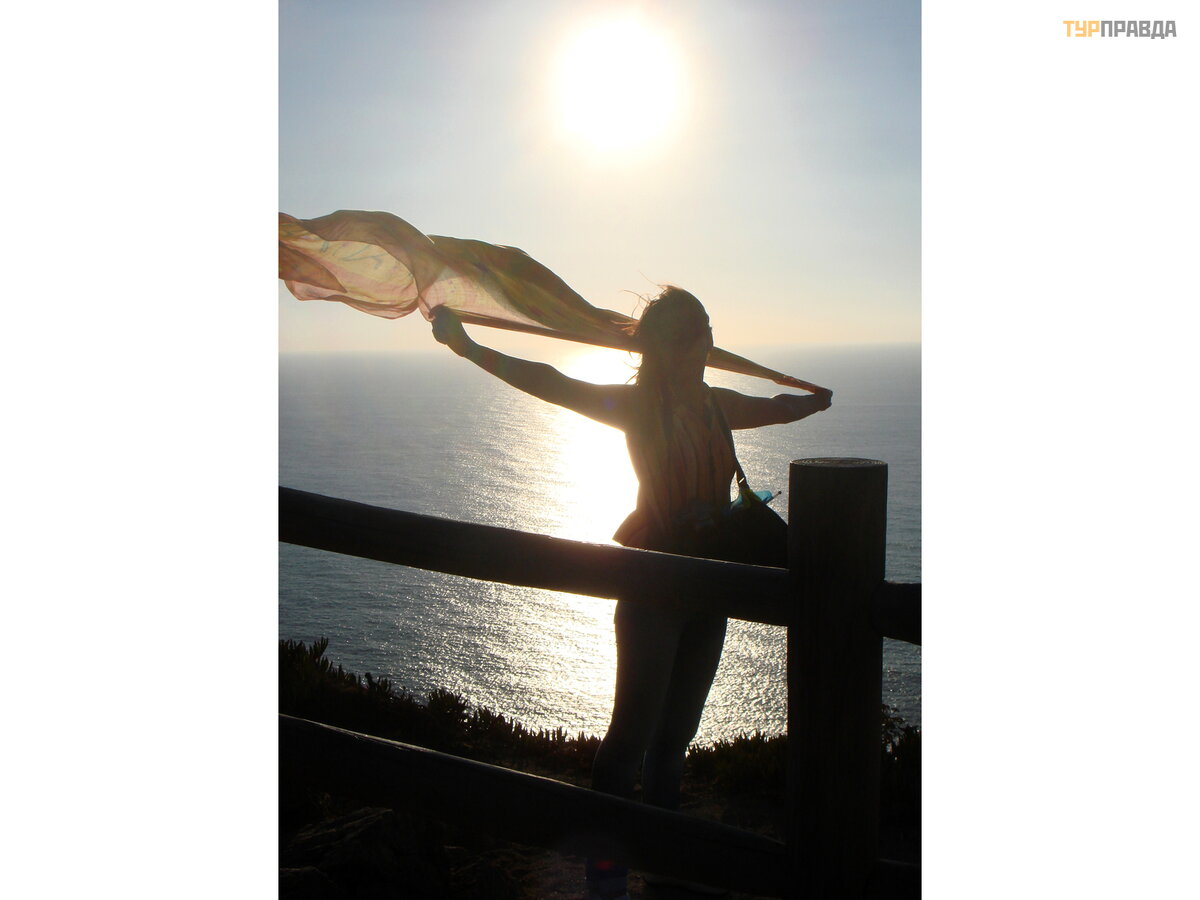Let's talk about Portugal? A little bit more?
Continuation of the journey. Start - http://www.turpravda.ua/pt/algarve/blog-153847.html
We could not relax on the Algarve coast and not visit the most legendary end of the earth - the Sagres (Sagres) fortress. Far out into the ocean and blown by the winds, the cape truly personifies the end of the world. And sheer sixty-meter cliffs, breaking off into the Atlantic Ocean, make an indelible impression.
Sagres. Western side of the cape. Lighthouse
Sagres. Western side of the cape.
There is a legend among the local population that in the 15th century, Henry the Navigator, who organized many sea expeditions, founded a navigation school in Sagres at the expense of the Order of Christ, in which Magellan, Vasco da Gama and Diaz gained experience. From here began the search for the ideal sea route to India. Several expeditions set off from Sagres to the southern coast of Africa, supplying Portugal with gold and black slaves.
An earthquake in 1755 severely destroyed the fortress. Today, little remains of the once majestic city. The old lighthouse and fortress walls attract attention - part of the fort of the 17th century. with terraces. As well as the remains of a tiny 14th-century chapel.
Only a stone platform with the remains of a 43-meter "wind rose" remained from the school itself.
Sagres. Remains of a 14th-century chapel
Sagres was chosen by surfers - because of the best waves in the country, fans of sport fishing - because the most "cool" places are nearby, and lovers of peace and quiet - because there are few tourists here, as the place is blown by all the winds.
Sagres. Western side of the cape.
In the distance you can see Cape San Vicente (Cabo de Sao Vicente) - the most southwestern point of mainland Europe. The cape has always served as a landmark for sailors. Now at its top there is a lighthouse with a range of 95 kilometers. Of all the existing lighthouses in Europe, this one is the most powerful.
Sagres. Cape San Vincent
The most famous resort towns of the southern coast of Portugal are Lagos, Albufeira and Portimao. In any case, I most often met these names on travel forums, especially Russian ones, when I was planning a trip. And because they are the most popular, and the most touristy.
Lagos is an ancient maritime city with over two thousand years of history dating back to the Carthaginians. The history of Lagos is inseparable from the history of the province, the city experienced the same events as the other cities of the coast - for two and a half thousand years of its existence, Lagos was home to the Phoenicians, Carthaginians, Romans and Moors.
Today, Lagos is a picturesque oceanfront city nestled around a beautiful harbor and known for its clean beaches, restaurants and hotels. Along the coast there is a wide promenade with sprawling palm trees, souvenir kiosks and stalls, along which tourists craving resort romance leisurely walk. And on the other side, along the canal, yachts and boats lined up, offering tourists exciting marine entertainment: viewing bizarre grottoes and caves created in the coastal rocks by sea waves for many centuries.
All this attracts travelers and makes Lagos one of the most sought-after resorts.
We stopped in Lagos after Sagres, hoping to see the Church of St. Antonio, built in 1707 in the Baroque style. Behind the external simple facade of the church and asymmetric bell towers lies a richly decorated interior with gold, it is also called the Golden Church. The coat of arms of Portugal is depicted on the ceiling of the church, the lower part of the walls is decorated with blue and white azulejos, the other parts of the walls are decorated with carved gilded and painted wood.
Lagos. Church of St. Antonio
(this photo is from http:// www. lookportugal. com)
Unfortunately, the church was closed for restoration. And we had no choice but to walk the streets of the city, go to one of the beaches that Lagos is famous for. Many interestingly shaped rocks, grottoes and small coves, most of which can only be reached by water, attract tourists from all over the world.
On the embankment, the remains of the wall that surrounded the city in antiquity, and the 17th century Fortaleza Ponta da Bandeira fort, built to protect the harbor, have been preserved.
Lagos. Remains of the wall that surrounded the city in ancient times
Lagos. Fort of Ponta da Bandeira
At the end of the 17th century, the Algarve coast was very often attacked by pirates. Lagos, which was once the capital of the Algarve, also suffered from them, as it was a port city. And then the Governor of the Algarve, Count Sarzedos, decided to build a fort near the port.
The fortress was built from 1679 to 1690, at a time when Portugal was waging a war for its independence from Spain. It was possible to get into the fortress only through a drawbridge over a deep ditch dug in front of the entrance. The fort was built in the shape of a square, with watchtowers at the corners of the fort. Inside the fort there is a chapel of Saint Barbara, the walls of which are decorated with azulezos tiles from the end of the 18th century.
Lagos. Fort of Ponta da Bandeira
Lagos. Fort of Ponta da Bandeira
Today, on the territory of the fort, a traditional Lagos festival is held - a festival of midnight swimming: every year on August 29, people gather to swim at midnight, taste local cuisine and listen to live music.
There are many schools in Lagos where you can learn to surf, ride kayaks, canoes and some other watercraft.
A pleasant fishing town with snow-white houses on the ocean eventually became the tourist capital of the Algarve. The Romans also took a fancy to this place and built a castle here, which later the Arabs gave the name Al-Bukhar - "Castle on the Sea". During the period of Arab rule, active trade with North Africa developed here. In the XIII century. the castle was captured by the Knights of the Order of Santiago, and the ensuing loss of trade relations led to the decline of the city.
Most often, people come to Albufeira for the sake of beautiful beaches, separated by high cliffs that stretch for many kilometers. One of the most famous beaches of the city is Peneco, or, as it is also called, Tunnel Beach (Praia do Tunel). It is located in the old part of the city, and to get there, you have to go through a tunnel made right in the rocks.
Albufeira. Tunnel Beach
Albufeira. Tunnel Beach
Albufeira has many entertainment centers and nightclubs, so life in it is in full swing around the clock. A large number of boutiques and shops where you can buy almost everything - from clothes of world brands to small souvenirs made by local craftsmen.
Portimao (Portimao) is one of the largest cities in the Algarve, and in my opinion the largest. Huge multi-storey boxes of hotels (from inexpensive to luxurious), which we saw from the bus window when we went to Sagres, did not contribute to our sympathy for this resort. But it so happened that we had to live in this city for 2 incomplete days.
The history of Portimao, like all coastal towns, begins with the history of a small port where the Phoenicians, Greeks and Carthaginians once traded. Portimã o is located at the mouth of the Arada River, which became a natural harbor for ships and was known in ancient times as a haven for corsairs and pirates. The river provided access to the sea and the ancient capital of the Algarve - Silves, located up the river. Local goods were exported from the port of Portimã o - figs, olives, wine, fish. They imported slaves and sugar, mainly from African colonies and Brazil.
In the XVII - XVIII centuries. the development of the city slowed down significantly due to the weakening of trade and a devastating earthquake in 1755. Then the main temple and 15 small chapels were destroyed. Giant waves caused significant damage to the city walls and Fort Santa Catarina. At the same time, the Marquis of Pombal intended to turn Portimao into a bishopric, and elevated the port to the rank of a city, but Queen Mary I vetoed his decision, and Portimao acquired the status of a city only in 1924.
Among most tourists, Portimã o is famous for its huge Praia da Rocha beach, which stretches for several kilometers. Comfortable wooden paths completely encircle the beach, going down to the water, there are changing cabins, showers and cafes. Like most Algarve resorts, Portimã o is located on a rocky massif, which offers a picturesque view of the ocean, the resort itself and its surroundings.
When we went down to the beach of Praia da Rocha, having arrived in Portimã o after lunch, we froze in amazement, shock and horror, and my hand instinctively reached for the camera - we have never seen SUCH a number of vacationers! : ))
Portimau. Praia da Rocha beach
Portimau. Praia da Rocha beach
We hardly found a small free beach for our things near the water. True, the ocean that was storming that day with one of its longest waves drove us from there too. : ))) Hearing a number of Russian-speaking vacationers, we involuntarily got into conversation with them - they were residents of Moldova who came to visit their children and grandchildren, who live and work here in Portimao. It turned out that in Portugal, not only many of our compatriots, but also many residents of Moldova are guest workers.
The rest of the time we sunbathed and swam on the nearby beach, located behind one of the rocky ledges. This beach was small, there were no wooden paths, cabanas and showers, but there were few people there, and several bizarre rocks with grottoes inside grew out of the water - where you could look at the sun through the crevice and take some pretty photos.
Portimau. Beach to the left of Praia da Rocha
As in any huge resort town, life in Portimao does not stop at sunset, it noisily flows from the beach to bars, pubs, outdoor stages and discos. From May to October, Portimã o hosts numerous concerts and festivals with local and international "stars". The sardine festival is very popular, which is held at the end of summer and lasts a whole week. Grilled sardines are everywhere, accompanied by live music and craft fairs.
And we had Lisbon, Sintra, Evora ahead of us... And the sunset on Cabo da Roca - we were one of the last inhabitants of the continent to see the sun that day. : ))
The Cape of Cabo da Roca. Sunset August 22.2014
Well, at the end there should be the author's signature. . . : ))
The Cape of Cabo da Roca. Sunset August 22.2014
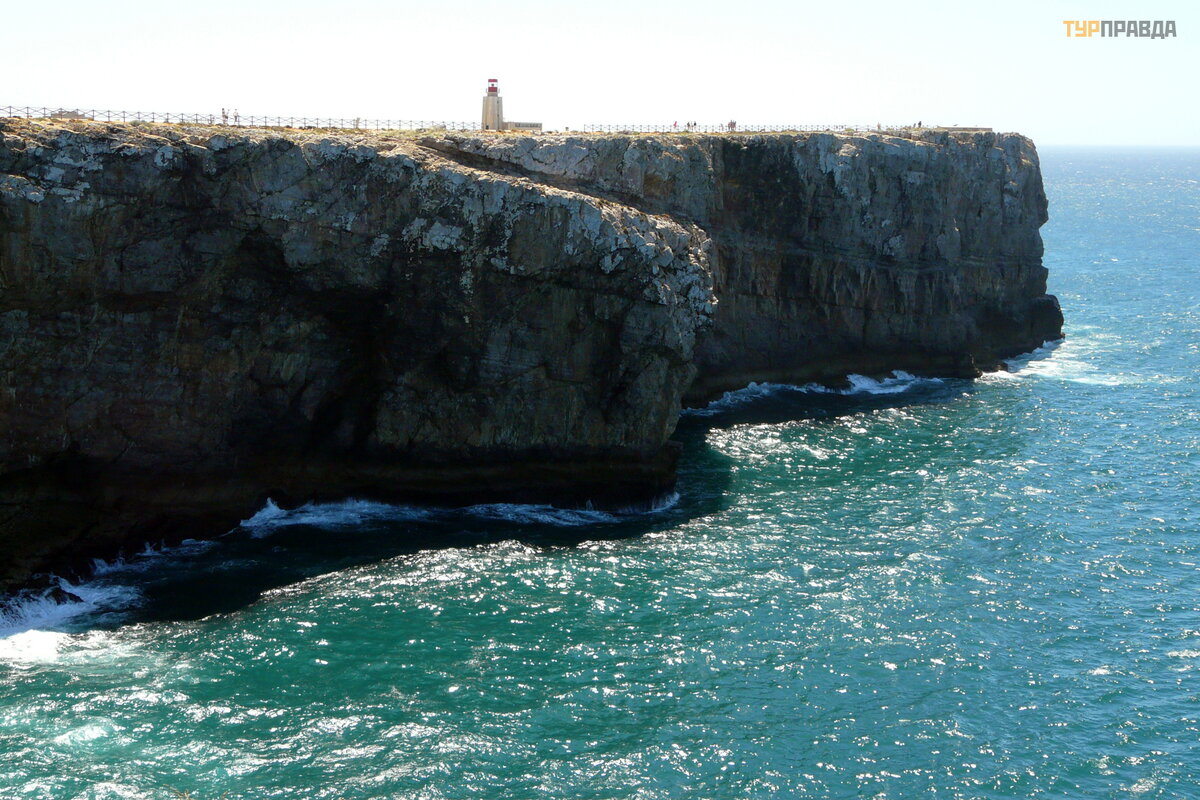
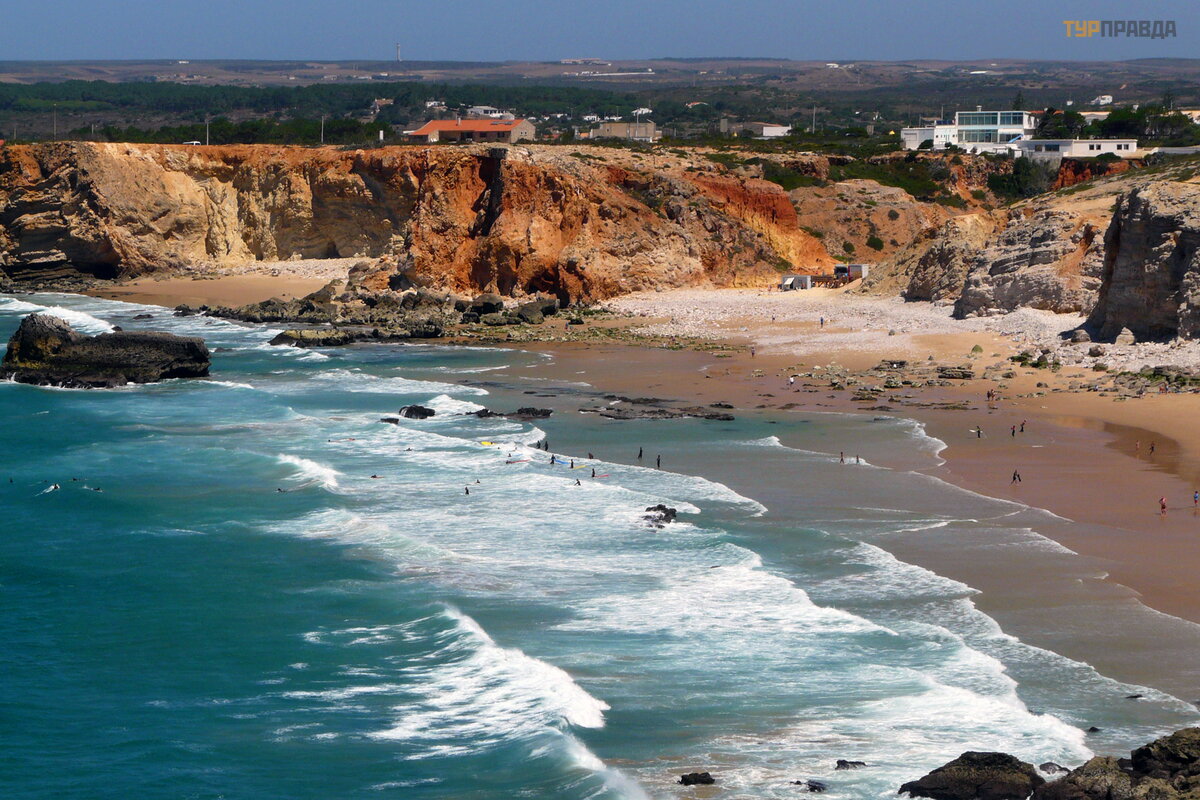
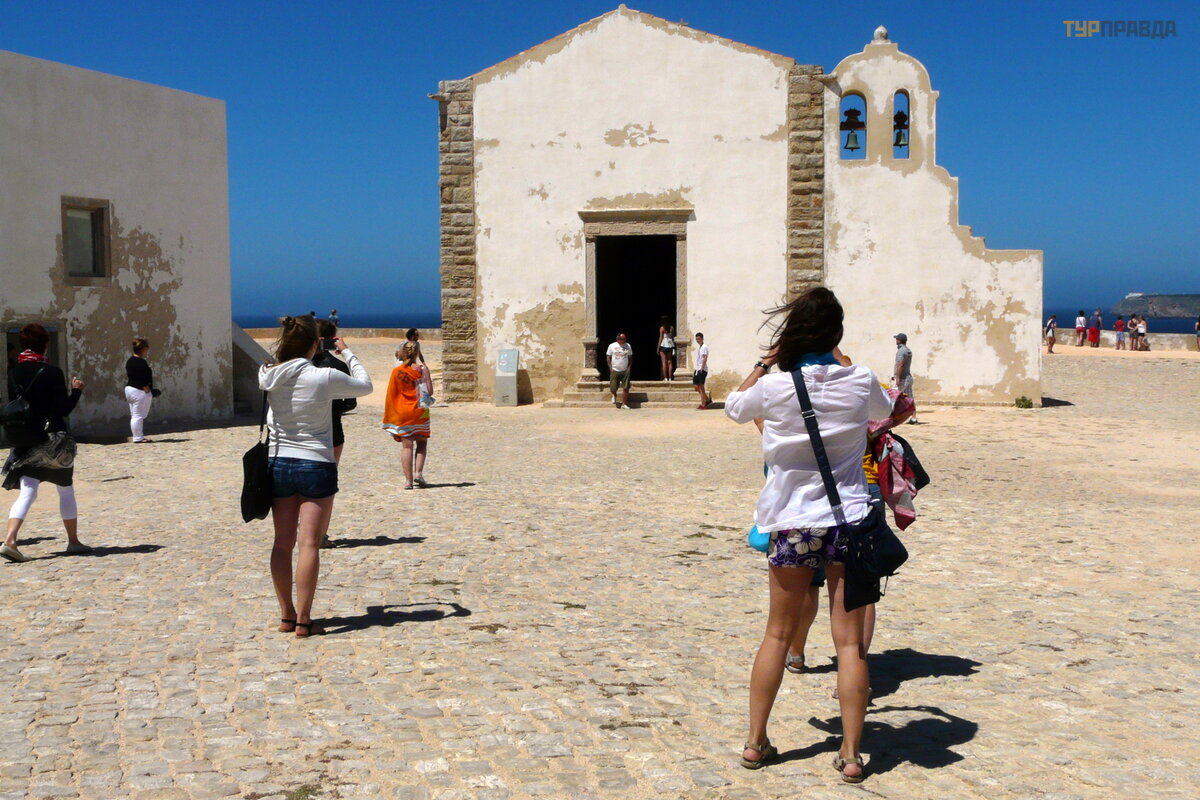
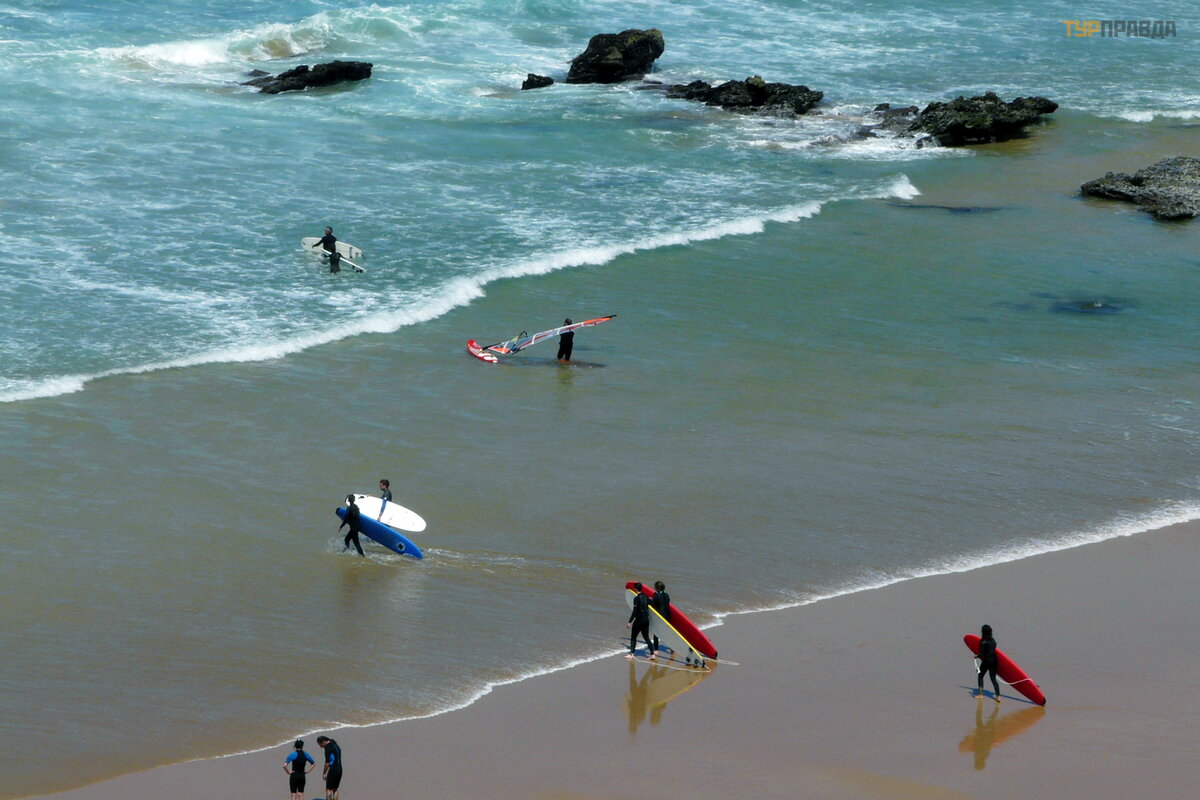
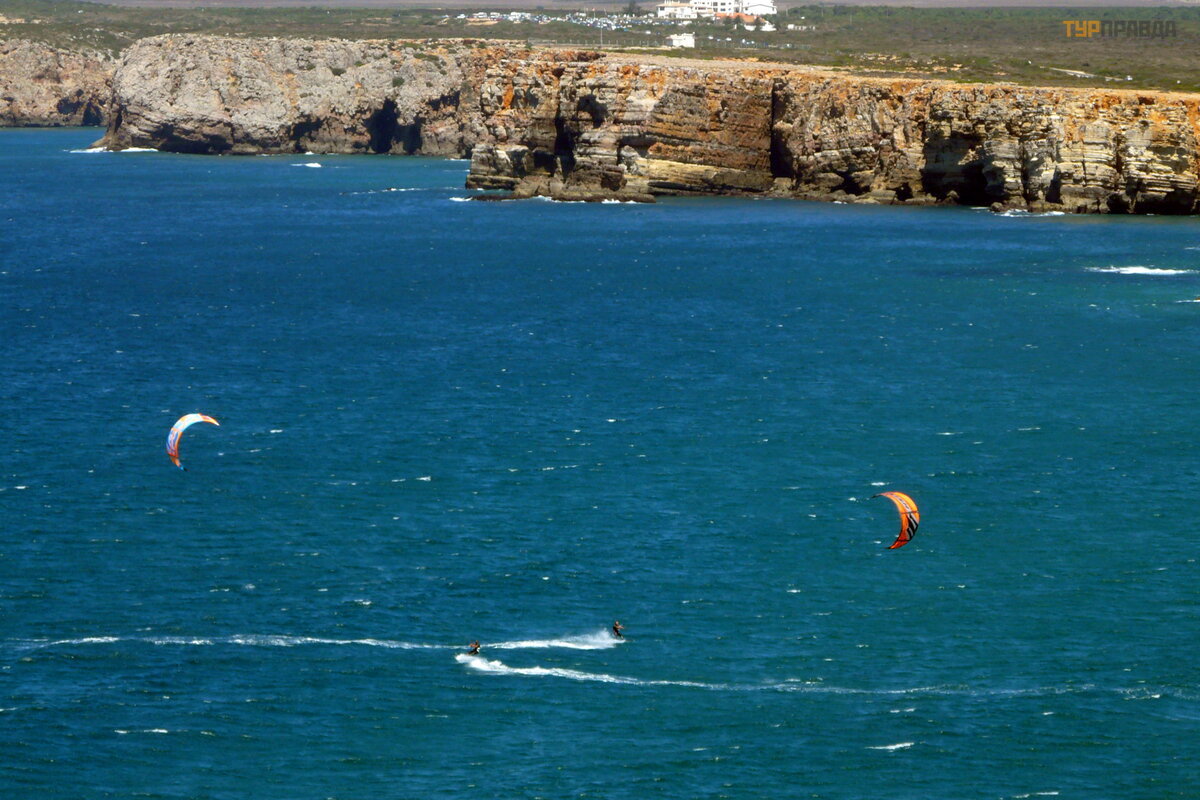
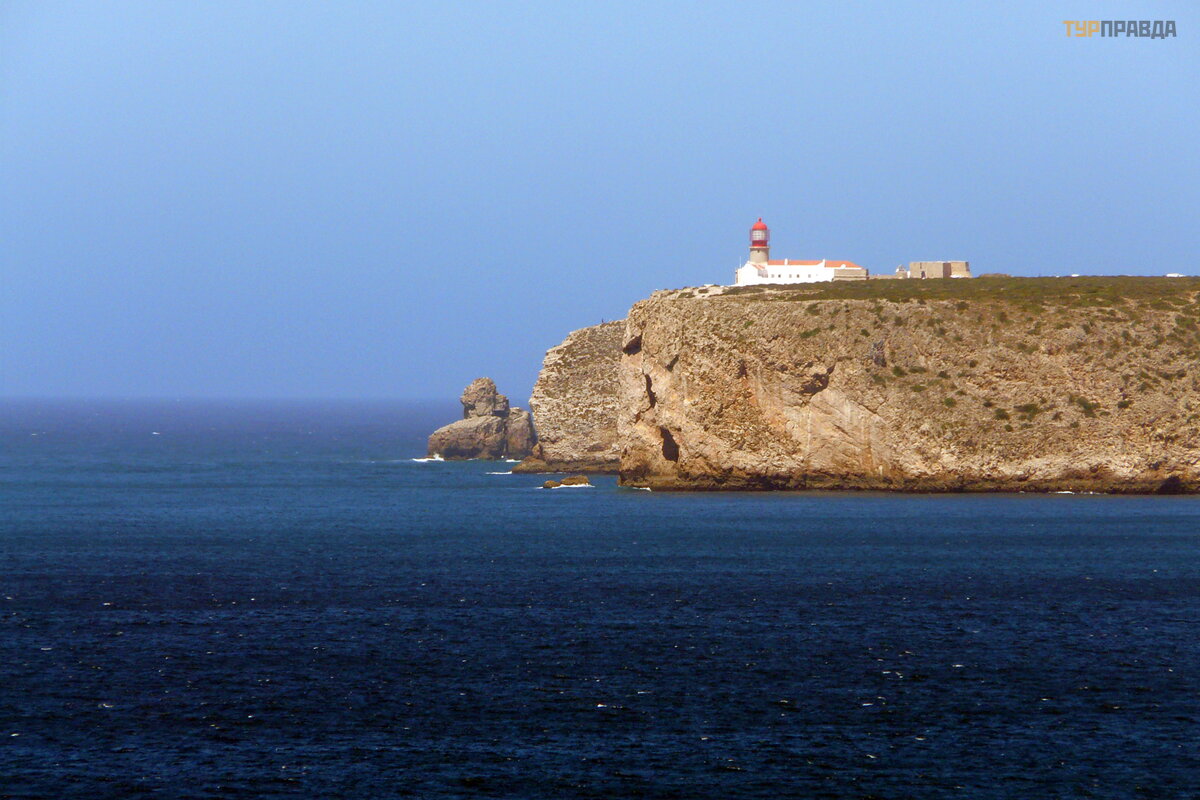
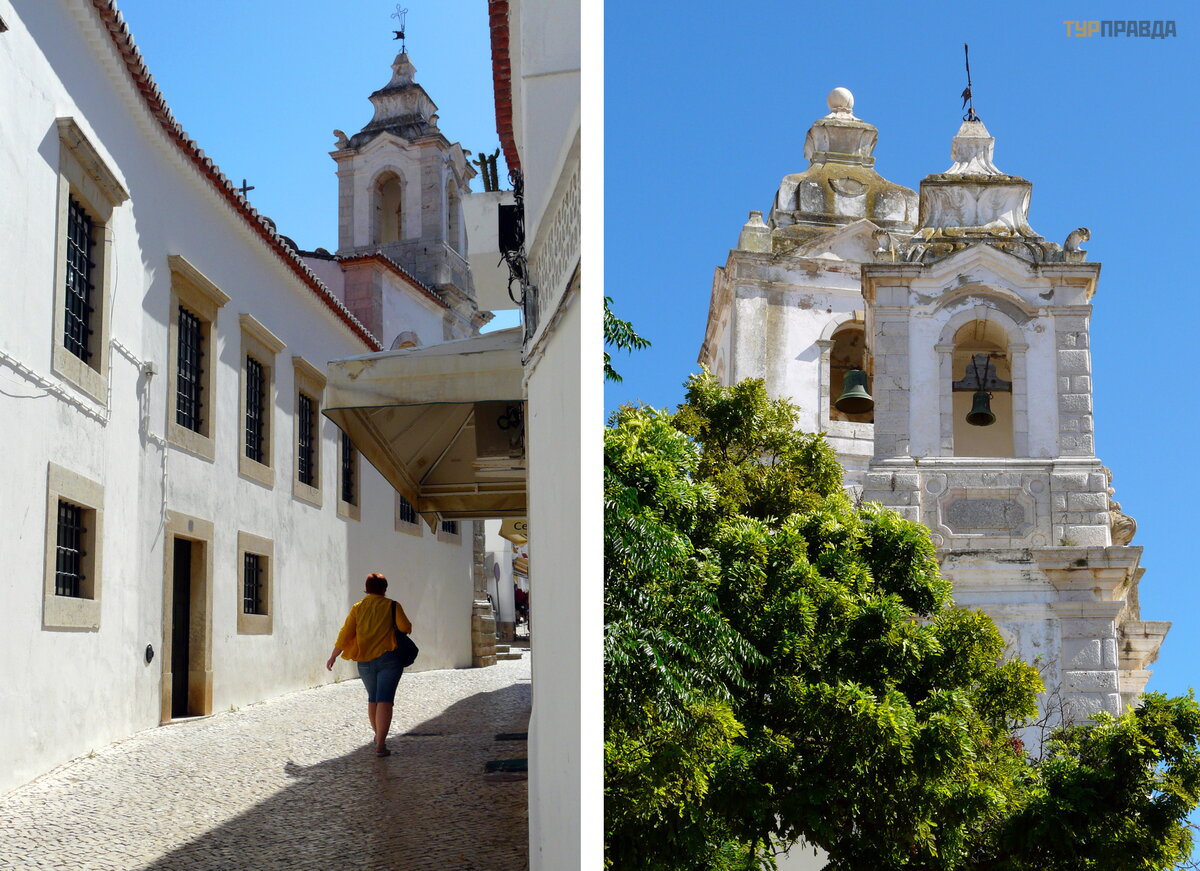
 (данное фото с сайта http://www. lookportugal. com)
(данное фото с сайта http://www. lookportugal. com)